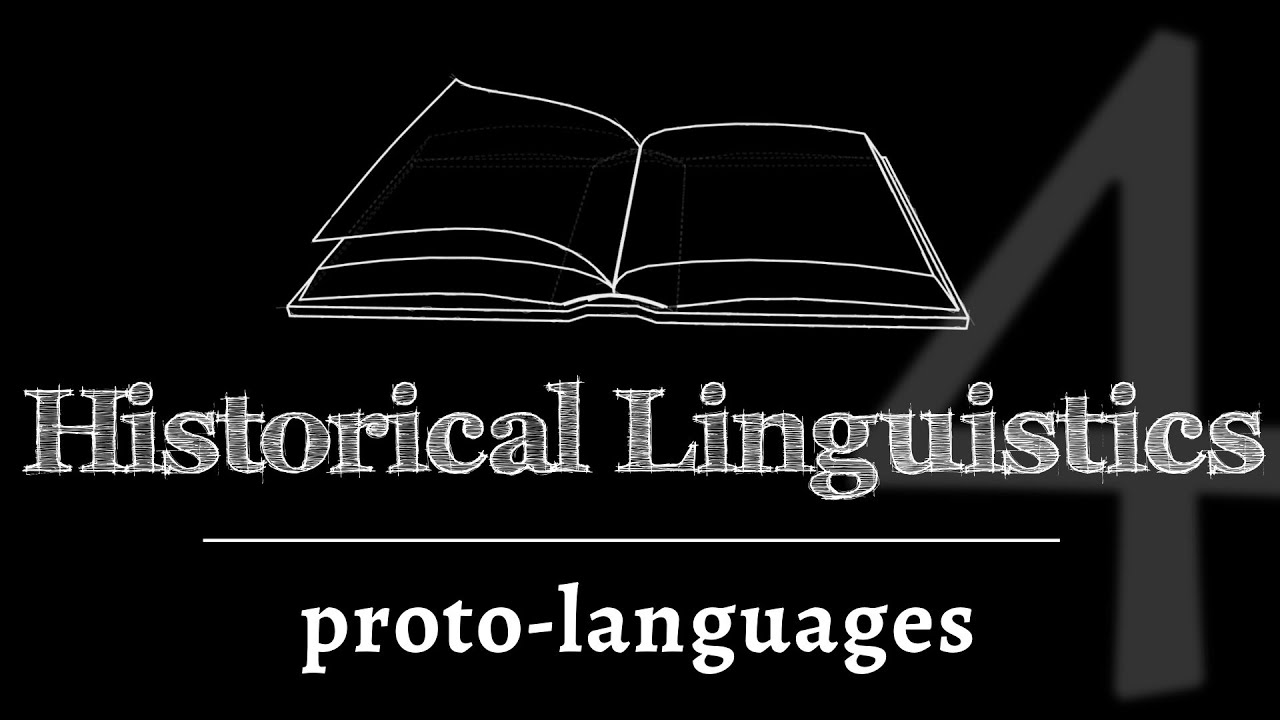NativLang
In lessons 1-3, you learned how to identify cognates in languages, and how to use those cognates to compare languages to their family members. Now I show you how to reach back into the past in order to uncover and reconstruct an unattested parent language.
The “Intro to Historical Linguistics” series is a remastered version of four older videos from nativlang.com.
Visit the website for more information, including examples and exercises:
http://www.nativlang.com/linguistics/historical-linguistics-lessons.php
Here’s my course on the International Phonetic Alphabet:
http://www.nativlang.com/linguistics/ipa-pronunciation-lessons.php
This page lists regular sound changes with examples of each type of sound change:
http://www.nativlang.com/linguistics/historical-sound-changes.php
music by Kevin MacLeod .




very helpful 😘😘
Strange that /dωs/ et al mean two or two-more, when protolinguistics shows us /n-/ was secondary or plural e.g. Sumerian nin was secondary-prince/princess/lady… was it a loss of the nasal feature by decline ('human speech is as bull-bellowing', complained Enlil), or, /ᵈn/-hardening for definitiveness, or, unlearned-alpha-moron-imposed speech pattern.
The /k/ vs. /t/ might be an historic differentiation—not, splitting, but meaning something else—e.g. in protolinguistics (or simply archaic Sumero-Egyptian as a paradigm), the /k-/ prefix meant definitive 'THE' (cf softer /h/ meant definite 'the') while the /t-/ prefix meant the now-present-source, (e.g. Ra was T'Amun while very-younger Shu was Kh'An-Shu)….
In the case of two of Niuean and Rapa Nui, it seems like the names for the languages themselves are related xD
Would you like to add a lesson 4 b – how to determine if all isoglosses in common are from same original language – i e "Romance" vs "Balkan" scenario?
5:42 can Fidjian and Malagasy not confirm an original distinction of k and t?
I don't think hawaiian needs the e in front of the numbers just tasi lua etc
NativLang-
Thank you for this video, Sir. I think it's utterly great and interesting!
Is that [?e] in Hawaiian related to any grammatical forms in the related languages? (prefixes, suffixes, determiners, verbal or noun or adj/adv forms? — The L/R is shared evenly by two daughter Langs each, so I couldn't guess to be sure of the ancestor without a fifth or further langs. But *ph -> f or h happened in both Irish and Japanese, so this makes sense as F for the older form. T -> K in Hawaiian looks pretty regular, though why that would happen, I don't know. W -> V is common. Voicing and devoicing are pretty common. So I could come up with some close guesses, but I'd want more data to be more sure of the reconstruction's accuracy.
Austronesians, the conquerers of tropical oceans.
oh dear lord I can listen to nativlang's voice all day. It sounds so patient and kind and supportive and dayyuuummm
Tagalog (distant cousin of Polynesian languages)
Two = Dalawa
Three = Tatlo
Seven = Pito
Eight = Walo
add meitei mayek script in one of your videos. It is a north east indian script
thax for really helping stuff..it's true..some kids who ever learning new words likely to misspell L to R it's my observation which leads to funny meanings.. being a native speaker of Telugu language i would put such words with you
..Ranjan= large mud pot to store water;a kid next door to me used to call it Lanjan (= prostitute). humour instead of saying "dad brought a new Ranjan.. to home"…he spelt " my dad brought a new Lanjan".
. LOL to nativelanguage,com
cool
…the 'oldest' we have for duo, meaning, two, might be Deucalion whose great flood ended the era of the first-lineage gods' rulership: in that sense a second beginning, not merely a second of countable objects… Prior to that, Egyptian, Duat, was a secondary, branch, or sporadic trace, of, the oldest, Nile river…
Thank you for providing us with these beneficial information dealing with linguistics.
This is (ancient in publishing)
Thank you for making this series. This last part looks rather complicated at first glance, but I think I've grasped it a bit. The reconstruction of ancestor languages look very logical.
thank you